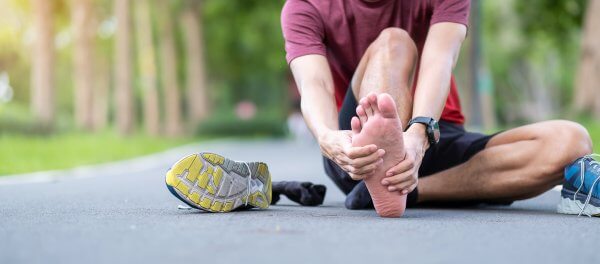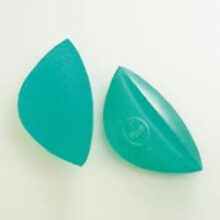Arch Support
In Stock
Oppo’s Arch support provides targeted compression to relieve plantar fasciitis pain. Equipped with an adjustable strap for a customized fit. One Size.

Arch pain (pain in the arch of the foot) may be experienced anywhere between the heel and the ball of the foot. In most cases, it is due to strain or inflammation of the plantar fascia, a condition commonly referred to as plantar fasciitis. Although it primarily affects runners and other physically active individuals, people who lead more sedentary lifestyles sometimes also experience it.
The arch of your foot starts from the base of your toes and extends all the way to the heel bone. It plays a number of important roles, including:
When you feel pain in the arch of your foot, it can occur in several places along the arch. These can include pain in the the ball of the foot (just behind your toes) or even heel pain. Arch problems can even manifest themselves by way of pain in other places, including the top of the foot, the ankles, knees, hips, back and legs.
In addition to its location, arch pain can become more severe when you are walking or standing. In some cases, arch pain may be at its worst in the morning just after awakening.
Arch pain can have several causes. One of these is injuries to the bones or soft tissues (muscles, ligaments or tendons) that form the arch of the foot.
However, in other cases, it may be a result of structural foot problems such as flat feet (or pes planus), high arches (or pes cavus), plantar fasciitis or overpronation when walking.
We briefly expand on these causes:
The arch pain from any of these problems can be further aggravated by:
To diagnose the cause of foot arch pain, a doctor will likely review the patient’s medical history. He or she may also physically examine the affected foot to understand the precise location of the pain. Areas of redness or inflammation will be noted.
The patient may be asked to explain when the pain is at its worst or what aggravates it. The doctor will also assess the patient’s balance, co-ordination and reflexes.
Another important part of the diagnosis will be to observe the patient’s gait to understand whether issues like pes planus or pes cavus may be contributing to the problem.
Finally, the doctor may request a scan such as an X Ray, MRI Scan, CT Scan or Ultrasound to see whether there is any soft tissue or other foot damage that may be contributing to the problem.
If your arch pain is not too severe, you may be able to successfully treat it at home. The following home based remedies may be useful:
If home based remedies such as those above do not work, a doctor (or podiatrist) may suggest one or more of the following:
As a last resort, doctors may recommend surgery to correct the underlying cause of the arch pain. Fortunately, surgery is only rarely required.
The answer to this question depends on which of the underlying causes listed above is present in your case. With plantar fasciitis, for example, the patient may need anywhere from 3 to 12 months to make a complete recovery.
Surgery may require a recovery period at the longer end of this range – approximately a year- before the patient can move around freely without arch pain.
If the problem is due to overpronation or flattened arches, the patient may need to wear over the counter or custom supports for the remainder of his/her life.


In Stock
Oppo’s Arch support provides targeted compression to relieve plantar fasciitis pain. Equipped with an adjustable strap for a customized fit. One Size.


Out of Stock
Oppo Medical Gel Arch Pads provide valuable support to fallen arches and prevent painful feet after spending prolonged periods standing, walking or running. They absorb shock, improve overall foot comfort and ward off a host of more serious foot problems.